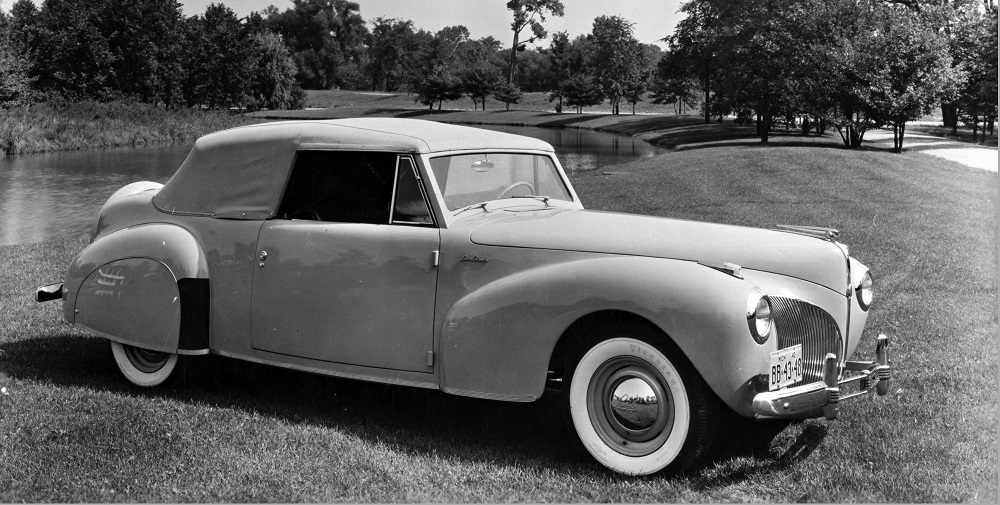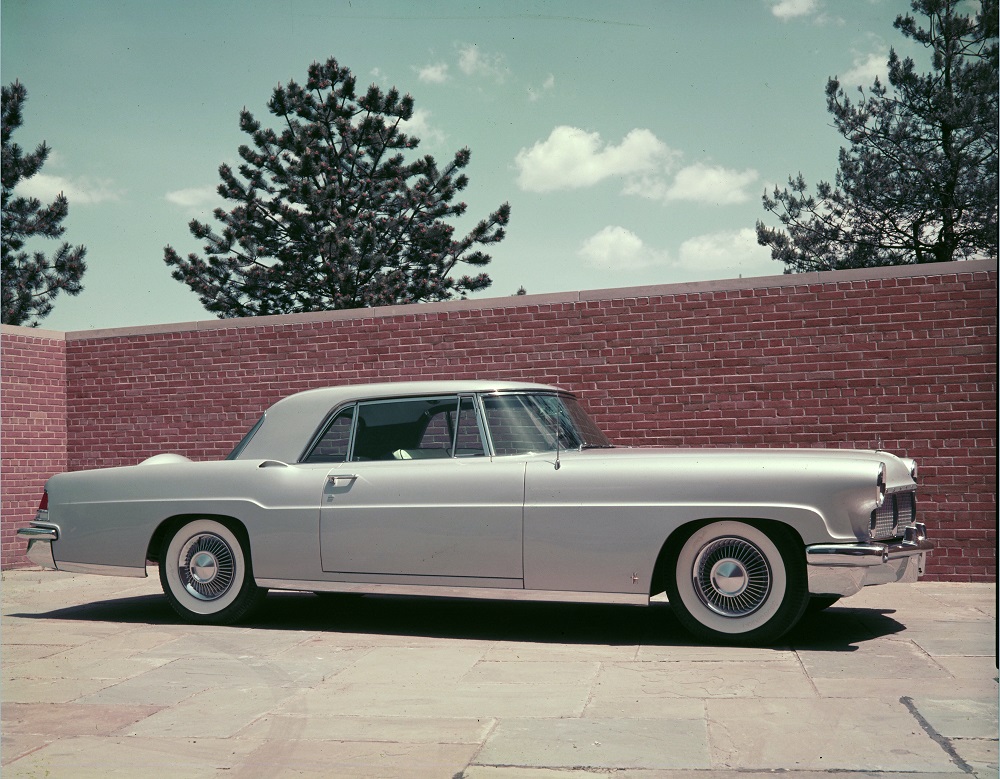Lincoln Celebrates a Century of Elegance and Innovation, Looks Ahead to a Connected, Electrified Future

Feb. 4 marks Ford Motor Company’s purchase of Lincoln 100 years ago; centennial comes at a pivotal time, as the brand looks to continue its global momentum and advance its commitment to electrification
On Feb. 4, 1922, Henry Ford, with encouragement from his wife Clara and his son Edsel Ford, purchased The Lincoln Motor Company from distinguished inventor and automotive engineer Henry Leland for $8 million. The transaction set in motion the creation of an iconic American luxury brand.
“We are at a defining moment in our history. We look back at Lincoln’s past and find inspiration for the future and, to reflect on what we have accomplished – maintaining a balance between the brand’s core values and redefining our vehicle and experiences for the next generation of luxury clients,” says Joy Falotico, president, Lincoln. “The timing of our 100th anniversary couldn’t be more ideal as we shift to an electrified future, and I look forward to shepherding the brand into the next 100 years.”
And as the brand celebrates its 100th anniversary and storied past, it is equally focused on an exciting future. Lincoln is committed to delivering a unique lineup of electrified vehicles and connected services that create effortless experiences for its clients.
“With classic style, form and function that became the hallmark of the brand, there’s something very special about Lincoln,” said Jim Farley, president and CEO, Ford. “And as we move toward an electric future with connected technologies and always-on experiences, I am so excited to see where the brand will go as it begins its second century.”

A century of innovation
Much of the success the company experienced early on is credited to the influence of Edsel Ford, who served as president of Lincoln from shortly after acquisition to his death in 1943. His ambition is summed up best in his own famous words – “Father made the most popular cars in the world; I want to make the best.”
Edsel prioritized design and styling, while also making customization affordable, allowing him to offer precision and performance in a beautifully executed package, at a price within reach. The belief that a car could be more than just transportation was foundational to the rise of Lincoln.
In 1936 the company introduced the Lincoln Zephyr, the brand’s first mid-priced vehicle that featured a streamlined design and an “alligator”-type hood. In 1939 the Lincoln Continental debuted as a personal-use vehicle, becoming an instant design classic and quickly establishing the personal luxury car segment in America.
In 1952 Edsel’s son, William Clay Ford, was appointed manager of special product operations, in charge of engineers and designers planning the Continental’s successor, the Continental Mark II, considered by many one of the greatest cars ever built.
Through the years, Lincoln has pioneered multiple new features and innovations, and continues to introduce advancements today. A few more notable moments in its history include:
- 1955: Lincoln introduces the Mark II to showrooms
- 1961: Lincoln debuts coach doors on its Continental
- 1977: Integrated visor-mounted garage door opener debuts on Lincoln Versailles
- 1980: Speedometer, fuel gauge, message centers go electric, keyless entry is introduced
- 1987: Front-wheel drive debuts
- 1994: Memory recall for seat and mirror positioning introduced via a remote transmitter
- 2010: Lincoln launches its first hybrid electric vehicle – the MKZ Hybrid
- 2017: Lincoln reveals the Navigator concept, transforming the future of the flagship SUV with an all-new design and innovative features including 30-Way Perfect Position Seats
- 2018: Lincoln celebrates the 80th anniversary of the Continental and debuts the special edition Continental Coach Door
- 2018-19: Symphonic chimes recorded by Detroit Symphony Orchestra; Lincoln launches all-new Lincoln Aviator and Corsair SUVs
- 2021: Lincoln introduces the first locally produced sedan for the China market at Auto Guangzhou, the all-new Lincoln Zephyr, advancing the brand’s design language

Redefining the Lincoln brand
For a century, Lincoln has focused on forward-looking innovations, while maintaining its core values that keep the brand’s products fresh and desirable.
The introduction of the fourth-generation Navigator in 2018 was instrumental to an upturn in the direction of the brand. A combination of modern luxury and innovative technology, including the debut of 30-Way Perfect Position Seats in the all-new flagship SUV, elevated first-class travel for families, kicking off a resurgence that Lincoln continues to advance today.
The momentum continues with the introduction of new products and services. This year will see the launch of a new Navigator, elevating the brand’s sanctuary again with signature new features, including ActiveGlide hands-free driver-assist technology.
The brand continues to build on its portfolio of effortless services such as offering standard Pickup & Delivery, Lincoln Showcase virtual walkarounds and remote sales delivery, while piloting new services that give back what clients value most – their time. A new Mobile Vehicle Spa pilot in Houston provides clients with a convenient way to get their vehicle detailed on their terms.
Marking a century of design and innovation
The core tenets that made Lincoln an American luxury brand are evident in today’s vehicles, services and client experiences, driving the spirit of Lincoln for more than 10 decades now and counting. As the brand looks ahead, Lincoln is laser-focused on advancing its Quiet Flight DNA into an electrified and connected future. By 2030 it will have a full portfolio of connected and electrified vehicles globally.
To mark the occasion, Lincoln is kicking off a yearlong series of global events connecting the past and the present to an exciting future in the years to come. Lincoln retailers are working to honor this milestone as well, with 100 stores hosting events with their clients and local communities throughout the year.




